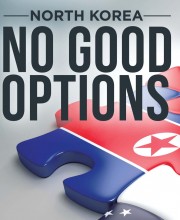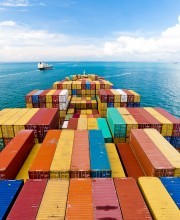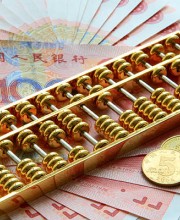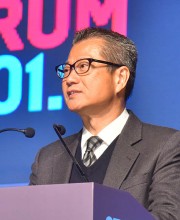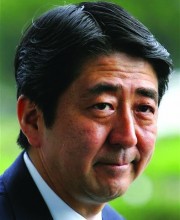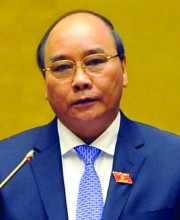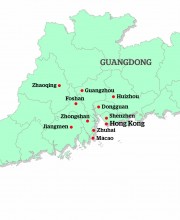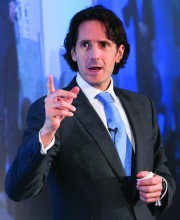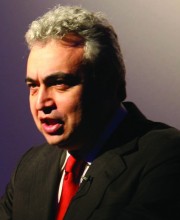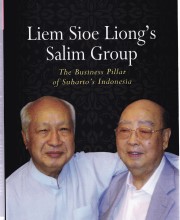Both Donald Trump and Kim Jong-un can walk away from their Summit in Singapore, if not satisfied, at least not scarred . . .
SEOUL — The diplomatic whirlwind of Trumpian proportions tossed both allies and adversaries for a bit of a ride. At the G-7 summit in Charlevoix, Canada (June 8-9), Trump revealed a strong willingness to pursue perceived American interests unilaterally in defiance of Europe, Canada and Japan.
Conversely, at the Singapore Summit a few days later (June 12), he not only agreed with long-standing North Korean assertions that U.S.-South Korean war drills were indeed “provocative”, but unilaterally cancelled them without informing either the Pentagon or Seoul.
Trump professed to be establishing “a very special bond” with Kim.
Unvoiced were his previous derisive dismissals of the “Little Rocket Man” with a small nuclear button.
In Singapore, Trump revealed the educational aspect of the summit. Of Kim Jong-un, he said: “I learned he’s a very talented man. I also learned that he loves his country very much.” In turn, Kim’s people had “great fervour” toward their leader, he added.
But Trump did concede that “I may be wrong . . . I may stand before you in six months and say: ‘Hey I was wrong’.” (This from a man who claimed an ability to assess Kim’s sincerity within the first minute after meeting).
He then revealingly continued: “I don’t know that I’ll ever admit that, but I’ll find some kind of excuse.”
In the run-up to, and in the course of the very brief summit, Trump’s perspective appeared to be that of the businessman he projects himself to be.
In mid-May, Trump announced that, unlike Libya, his idea of an agreement “would be with Kim Jong Un, something where he would be there. He’d be in his country. He’d be running his country. His country would be very rich”.

